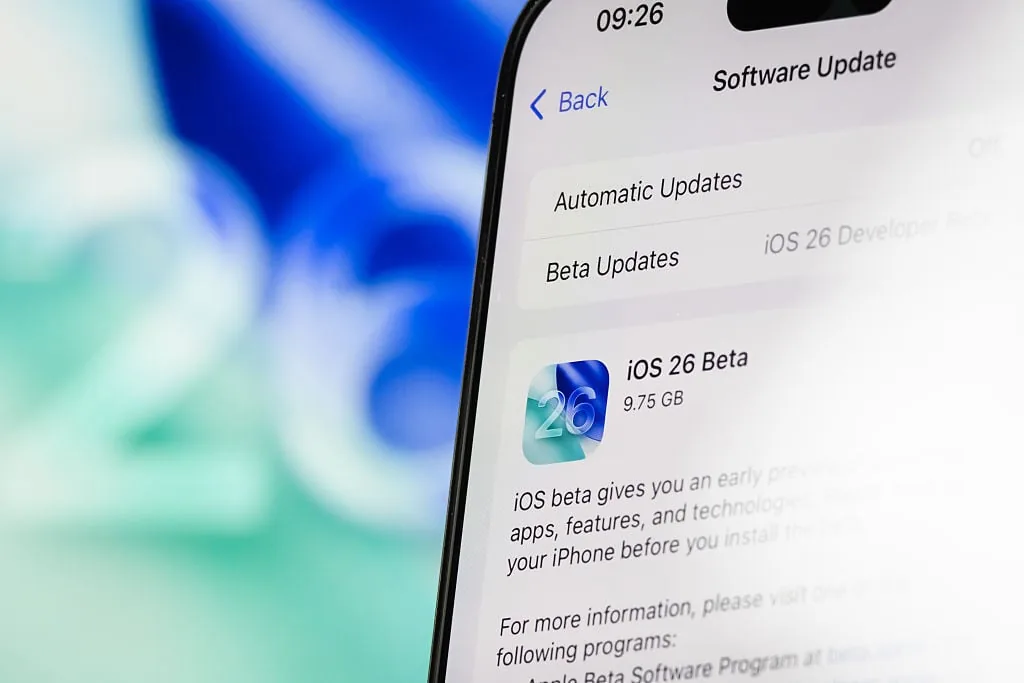TikTok, the widely-used short-form video platform, has recently initiated trials allowing users to upload videos with a duration of up to 30 minutes. A few months back, TikTok commenced experimenting with a 15-minute video upload capability.
In the ever-evolving world of social media, TikTok, the immensely popular short-form video platform, has set its sights on challenging YouTube with its new long-video feature. This move by TikTok is not just a simple upgrade but a strategic shift that aims to compete with YouTube’s dominance in long-duration video content. In this article, we will delve into TikTok’s new features, its evolution in video length, and the potential impact on the competitive landscape of online video platforms.
Table of Contents
TikTok: A Social Media Giant
TikTok, originally a Chinese short-video-making platform, has gained global fame for its unique user-generated content, creative challenges, and a vast library of entertaining and informative videos. Users love TikTok for its user-friendly interface, extensive music collection, and algorithm-driven content discovery. This combination has made it a favorite among people of all ages, allowing them to share and discover engaging video content effortlessly.
TikTok’s Evolution of Video Length


TikTok’s journey began with a maximum video length of just 15 seconds, designed for quick and snappy content. However, as the platform continued to evolve, so did its video-length options. It expanded first to 1 minute, then to 3 minutes, and later to 10 minutes. In October of the previous year, TikTok started testing a 15-minute video upload limit. The latest development is a whopping 30-minute limit, which appears to be the upper limit for now, as per the Chinese version of the app.
Taking on YouTube


The strategic move to allow 30-minute videos on TikTok is undoubtedly a challenge to YouTube’s dominance in the long-duration video market. YouTube, a Google-owned video-sharing platform, has been the go-to platform for creators of lengthy content. However, TikTok’s entrance into this space could potentially change the dynamics.
Attracting Longer-Form Content Creators
By introducing this extended video format, TikTok aims to attract creators who specialize in long-form content. This shift could encourage networks and creators to share more extensive content on the platform, eliminating the need to break up episodes into multiple parts. With the 30-minute limit, entire episodes of TV shows could be shared seamlessly on TikTok.
Direct Competition with YouTube
While TikTok has been synonymous with short-form content, this new feature places it directly in competition with YouTube’s long-form content library. Creators and viewers alike will now have a viable alternative for sharing and consuming longer videos, potentially diversifying the content landscape.
Conclusion
TikTok’s evolution from a 15-second video platform to a 30-minute-long video contender is a significant milestone in its journey. By challenging YouTube’s dominance in the long-duration video space, TikTok is poised to reshape the way we consume online video content. The competition between these two giants will undoubtedly benefit creators and viewers alike, as they enjoy a wider range of options for sharing and discovering engaging videos.
FAQ
Q. What prompted TikTok to introduce 30-minute videos?
A. TikTok aims to attract longer-form content creators and compete directly with YouTube in the long-duration video market.
Q. Will this change affect the quality of content on TikTok?
A. It may lead to more diverse and extensive content, offering viewers a wider range of options
Q. Can TikTok successfully transition from short-form to long-form content?
A. TikTok’s success will depend on its ability to cater to the demands of long-form content creators and viewers




